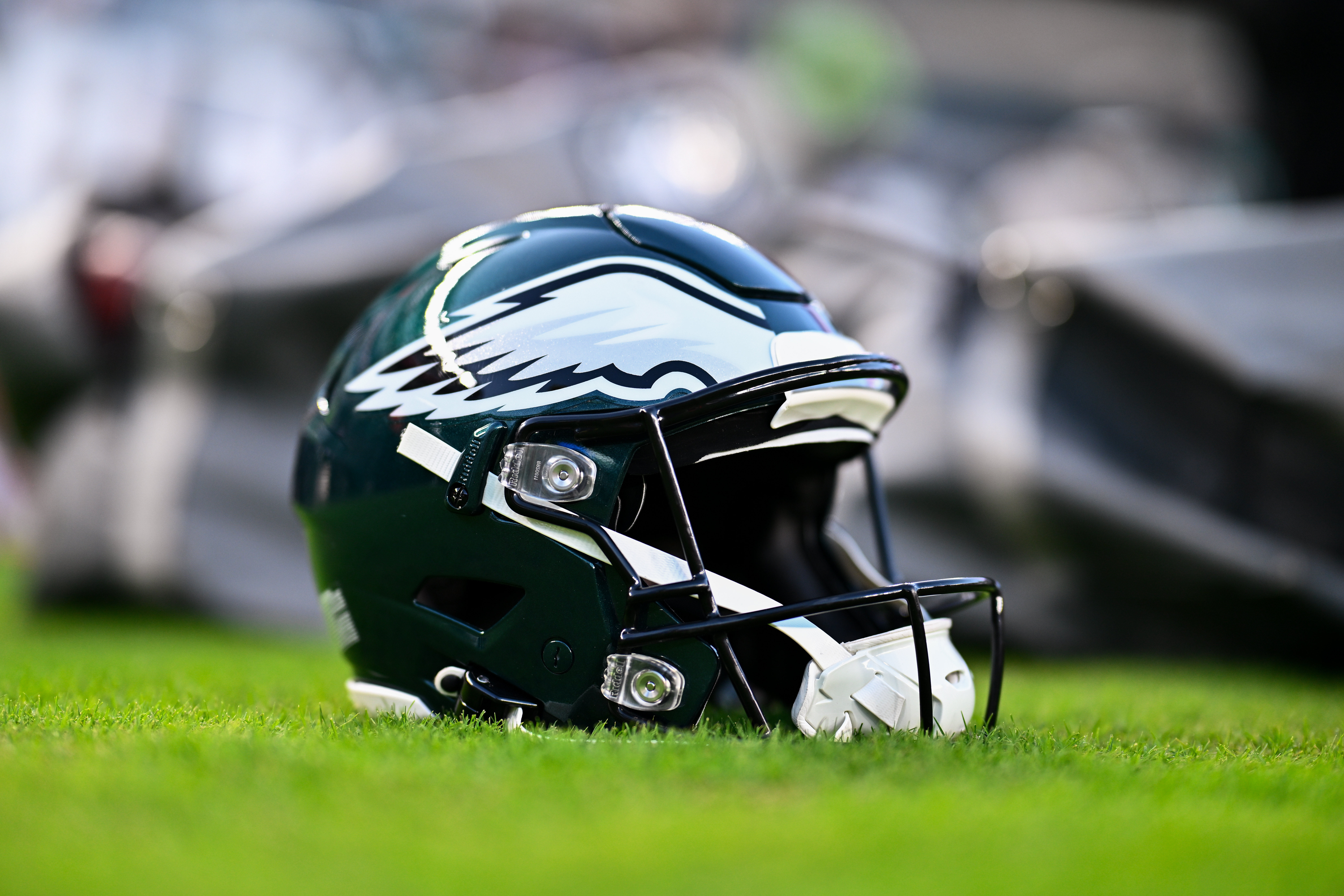
Free agency is right around the corner, and the draft will be here before you know it. With the Philadelphia Eagles’ offseason in full swing, we’re examining where the roster stands at each position, counting down based on team need. Check out the first installment on running backs.
The Philadelphia Eagles could literally change nothing this offseason and they would still enter 2014 with the deepest, if not the best trio of tight ends in the NFL. What could possibly be of need here?
It’s not certain all three will be back.
Stay in the game with the latest updates on your beloved Philadelphia sports teams! Sign up here for our All Access Daily newsletter.
CSNPhilly.com’s Geoff Mosher opened a can of worms last week when he suggested the Birds could cut ties with James Casey, the expensive third tight end whose playing time didn’t match the investment. Casey agreed to a three-year, $12 million free-agent contract last March, but wound up lining up on less than 20 percent of the offense’s snaps.
The word on Casey when he arrived from the Houston Texans was versatility. Philly.com’s Jimmy Kempski described the 29-year-old as a “Swiss army knife” who could move around the formation, block or run routes and contribute on special teams.
Two things happened.
First, Casey’s ability as a pass-catcher was greatly exaggerated. He once set an NCAA single-season record for tight ends with 111 receptions and 1,329 yards at Rice—the former still stands—but those historic numbers are more than his combined totals (69 REC, 783) after five years in the NFL. He simply is not a playmaker with the ball in his hands at this level.
News
Second, the Eagles selected Zach Ertz with the 35th-overall pick in the draft about a month later, which naturally ate into Casey’s playing time. Now the question is should the organization continue to pay roughly $4 million per season to somebody with such a small role in the offense?
The decision is a little more complicated than a simple “yes” or “no.” Mosher says $2 million of that is guaranteed, so that slashes the savings from Casey’s release in half—not to mention whatever the club pays a replacement.
Not only that, his playing time actually increased significantly as 2013 went along. Casey saw action on eight or fewer offensive snaps in all but two of Philadelphia’s first 11 games according to Pro Football Focus. Over the final six games however, the snap counts jumped to 11, 22, 6, 30, 28 and 11—the outlier being a shootout against Minnesota.
So Casey absolutely has a role in the offense, even if more is typically expected for that kind of money. Let’s not ignore his value as a reserve and on special teams, either.
If the Eagles stood to create real cap space, it might make sense to move on, but is the extra million or so in walking-around money worth dropping Casey for?
Ertz so good
I’m convinced Riley Cooper will not be an Eagle soon after free agency opens on March 11 due in large part to budgeting constraints. Assuming the club re-signs the infinitely more-talented Jeremy Maclin, they should have close to $20 million committed to Mac and DeSean Jackson in 2014 alone. How much can one team realistically spend on its wide receivers?
The other reason is Zach Ertz. As long as Ertz’s development continues into next season as anticipated, the increase in two-tight end sets will naturally lessen the need for three high-price receivers. In fact, the diminishing role of the slot receiver is already underway.
Jason Avant was ceding snaps to tight ends increasingly as the year went along. According to PFF’s snap-charting numbers, Avant was on the field for 70 percent or more in each of the Eagles’ first eight games. The same was true in only three of the final nine contests.
Ertz’s playing time rose accordingly, as did his production. In the month of December, the Stanford product posted 15 receptions for 195 yards and three touchdowns, by far his best stretch of the season.
That’s only scratching the surface. Ertz could be the next in the line of modern tight ends who can line up traditionally on the line of scrimmage, or split out wide or in the slot. When 6’5”, 249 pounds, 4.6 40 is standing outside the numbers, the defense has to cover him with a safety. It’s a matchup nightmare.
Ertz finished his rookie season with 36 receptions, 469 yards and four touchdowns. If he can make the leap in year two, he’s a potential 1,000-yard receiver.
Brent Celek isn’t going anywhere for awhile
It was genuinely surprising listening to fans and analysts last offseason suggest Brent Celek might be on the roster bubble or a cap casualty. It will not be surprising when the conversation inevitably comes up again in 2014, but it will be no less baffling.
The casual observer will view Celek’s production as the worst it’s been since he took over as the fulltime starter for Philadelphia in 2009 and take it as a sign the soon-to-be 29-year-old is in decline. That sentiment couldn’t be further from the truth.
True, Celek’s volume was down—32 receptions for 502 yards—but he made the targets he had count. His 15.7 yards per catch were 15th-highest in the NFL, second only to Vernon Davis among tight ends, indicating plenty of big plays were made when the opportunity presented itself. Celek’s six touchdowns were also two short of a career high.
Furthermore, looking purely at statistics ignores where Celek’s greatest impact was felt—in the running game.
According to metrics site Pro Football Focus, Celek graded out as the No. 1 run-blocking tight end in the NFL this year among players who were in for at least 50 percent of offensive snaps. Even if were to account for all tight ends, including blocking specialists, Celek’s cumulative score ranked third.
Celek has become so adept at blocking, Chip Kelly refers to him like he’s the sixth member of the offensive line.
71, 65, 62, 79, 69, 87. We've got some guys that can block, and we've got a very, very talented running back. .… This whole deal is a personnel‑driven thing, and we've got some really talented guys on the offensive line. We've got a really talented tight end when it comes to blocking.
Celek is set to make $4 million next season, which actually is a reduction from his cap hit in 2013. That number grows to $4.8 million in ’15 and $5M in the final year, which aren’t bad numbers as long as he continues to play at his current level.
Previously: No. 10, Running Back


